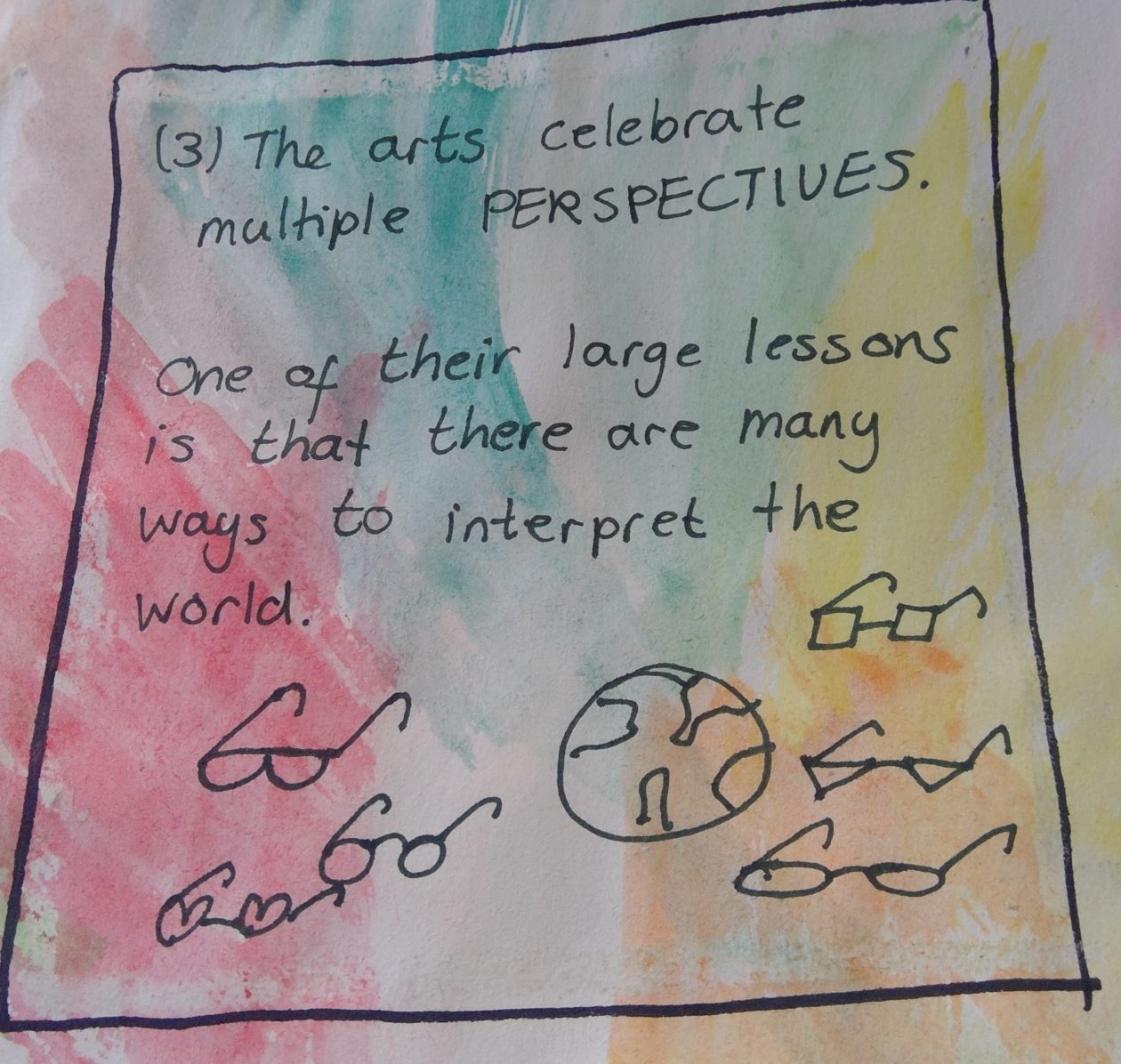This week we looked at Visual Art. I was particularly interested in the presentation of children’s art work and how it relates to my experience as a Classroom Assistant. The following video is a reading of ‘The Dot’ by Peter. H Reynolds.
https://www.youtube.com/watch?v=Clpw7PG7m1Q
I heard this in a Primary 2 class and it prompted me to reconsidered the children’s art work. This was the first time I had viewed the children’s creations as a product. I had previously focused on the skills being developed, such as fine motor skills and hand eye coordination, rather than the creativity being expressed.
When working as a Classroom Assistant in infant departments, I was surprised that the display boards where placed at waist height. The Class Teachers informed me that this was so they could be viewed by the children with greater ease and could see as an artist and as an audience. A way to further improve this would be to allow the children to manage the displays themselves. By placing the work on the ground for the children to arrange they can control the final composition of the display. This extends their agency over their work and creates further opportunities for creativity. This again links back to Elliot Eisiner’s 10 lessons that the Arts can teach.

References
Eisner, E. (2002) The Arts and Creation of Minds. New Haven: Yale University Press.
Reynolds, P, H. (2003) The Dot. Massachusetts: Candlewick Press





